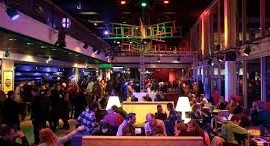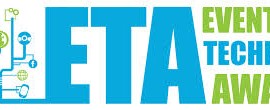For access control and audience engagement, yes. A barcode is an optical machine-readable representation of data relating to the object to which it is attached. Barcodes allow for the organisation of large amounts of data. Originally barcodes systematically represented data by varying the widths and spacings of parallel lines, and may be referred to as linear or one-dimensional (1D). Later they evolved into rectangles, dots and hexagons and other geometric patterns in two dimensions (2D) – also known as QR codes. Although 2D systems use a variety of symbols, they are generally referred to as barcodes as well.
Just like RFID chips, Barcodes can be used to transmit an identity (in the form of a number that corresponds to a profile in a database) which makes them ideal for access and social media use at live events, particularly as they are much more cost-effective to implement than RFID systems (typically, it costs around 1p/euro cent to add a unique barcode to a cloth festival wristband).
Unlike RFID chips, bacodes are not suitable for enabling cashless payments.



